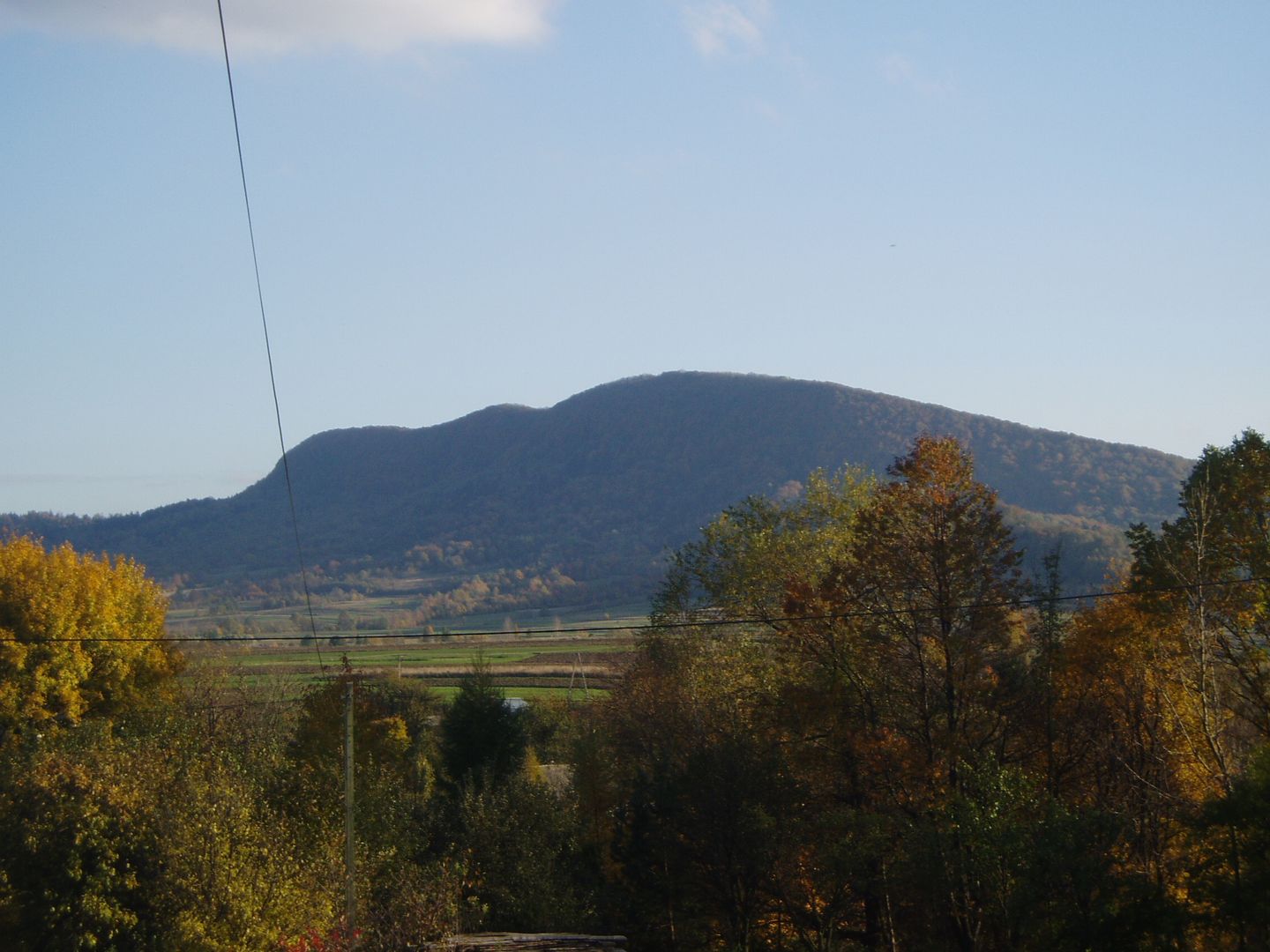The Cave Where the Plane Crashed
6.59

Overview
The Cave Where the Plane Crashed is located in the Low Beskids, at an altitude of 680 meters above sea level, and is characterized by three entrance openings. The cave is 20 meters long, with a denivelation of 5 meters. Its structure is of a landslide type, and inside, one can observe damaged dripstone coatings. Entering through the first opening reveals a shaft from which various passages branch out; to the north, a low passage leads to the second opening, while to the west, a steep downward passage leads to a spacious chamber. From this chamber, one can proceed into a narrow passage or exit through the third opening after overcoming two small thresholds. The cave has an interesting history, as its discovery is linked to a tragic event from World War II, when a German transport plane crashed in the area in 1944. The first description of the cave and its plan were made by Kazimierz Kowalski in 1953. Interestingly, despite its relatively small size, the cave is an important part of the local natural and cultural heritage, attracting the attention of tourists and researchers due to its unique history and natural formation.
Location
2025 Wizytor | All Rights Reserved